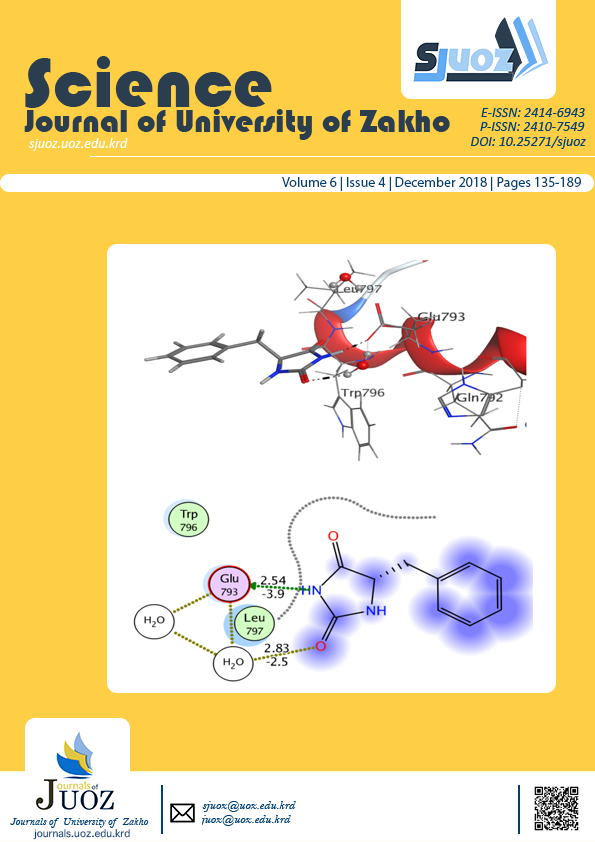Study the Effects of Reactive Materials Replacement on Some Properties of Cement Mortar
Abstract
This study involves natural--materials replacement and its reaction with cement mortar behavior for many mortar samples under variable curing time with constant water to cement ratio (W/C = 0.5).In this researchsomeproperties such as (compressive strength the surface hardness and water absorption test), were affected by adding small ratios ofpowder (from (RHA) and (BRP) particles)as replacements to the Ordinary Portland Cement (OPC) / type (I). The percentages of natural materials additives replacement on the mixture of mortar include (0, 5, 10, 15 and 20%) with constant (W/C) ratio. Also the amount of the fine aggregate used was three times the amount of cement. The results showed that, the compressive strength and splitting tensile strength and water absorption of the mortars for (replacement) gives better properties than mortar without replacement in all tests. Best enhancements in properties for mortars with pozzalanic replacements were achieved at (15%) for (RHA) and 10% for (RBP) replacement from weight of cement.
Full text article
Authors
Copyright (c) 2018 Mohammed J. Kadhim, Raeid K. Mohammed Jawad, Hamza M. Kamal

This work is licensed under a Creative Commons Attribution 4.0 International License.
Authors who publish with this journal agree to the following terms:
- Authors retain copyright and grant the journal right of first publication with the work simultaneously licensed under a Creative Commons Attribution License [CC BY-NC-SA 4.0] that allows others to share the work with an acknowledgment of the work's authorship and initial publication in this journal.
- Authors are able to enter into separate, additional contractual arrangements for the non-exclusive distribution of the journal's published version of the work, with an acknowledgment of its initial publication in this journal.
- Authors are permitted and encouraged to post their work online.
